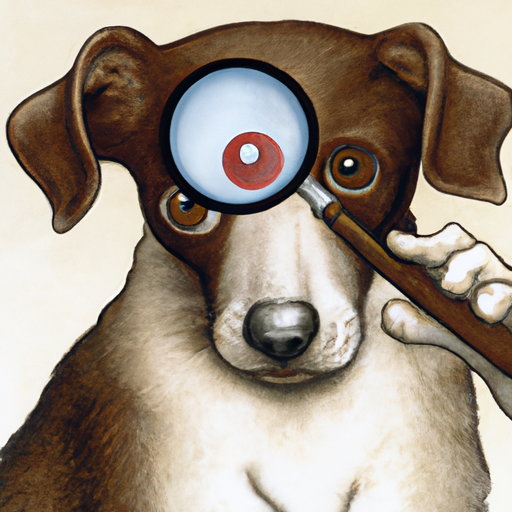As a caregiver, you’re likely familiar with the myriad of health issues that can affect our canine companions. One such issue, which may be particularly alarming due to its visible nature, is cherry eye. What is it, why does it happen, and what can you do about it?
What is Cherry Eye?
Cherry eye, or “prolapse of the third eyelid,” is a condition in dogs where the third eyelid’s tear gland protrudes from the corner of the eye, resembling a cherry. This gland is responsible for up to 50% of a dog’s tear production. Its protrusion not only leads to an unsightly appearance but may cause discomfort and health complications for your pet.
Causes of Cherry Eye
Many dog owners often wonder, “Why has my dog developed cherry eye?” While the exact cause remains unknown, some factors can contribute to the condition:
- Genetics: Certain breeds like Bulldogs, Cocker Spaniels, and Beagles are predisposed to cherry eye.
- Weak ligaments: The tear gland is held in place by a fibrous attachment. If it’s weak or defective, it can lead to a prolapse.
Symptoms of Cherry Eye
As a caregiver, it’s essential to recognize the signs of cherry eye to seek timely treatment. Here are some symptoms to look out for:
- Redness in the corner of the eye
- Swelling
- Eye discharge
- Frequent blinking or pawing at the eye
Treatment Options for Cherry Eye
If your dog develops cherry eye, it’s crucial to consult with a veterinarian. There are a few treatment options available:
- Surgical repositioning: This is the most common treatment where the gland is repositioned back to its normal location.
- Gland removal: In severe cases, the gland may need to be removed. However, this should be the last resort as it can lead to dry eye.
Prevention of Cherry Eye
While you can’t entirely prevent cherry eye, especially if your dog is genetically predisposed, there are some measures you can take:
- Regular vet check-ups
- Avoiding trauma to the eye
- Keeping your dog’s living area clean and free of potential irritants
FAQs
Q1: Is cherry eye painful for my dog?
A: It can cause discomfort, but it’s not typically painful.
Q2: Can cherry eye be treated without surgery?
A: In some cases, massage and topical medication may help, but surgery is usually the most effective treatment.
Q3: Will my dog’s cherry eye go away on its own?
A: While the gland may occasionally slip back into place, it’s essential to consult with a vet as the condition can recur.
Q4: Can cherry eye spread to the other eye?
A: Yes. If one eye develops cherry eye, there’s a 30-40% chance the other will too.
Q5: Can cherry eye lead to blindness?
A: If left untreated, cherry eye can lead to secondary conditions like dry eye, which can impair vision. However, it does not directly cause blindness.
So, as a responsible caregiver, it’s crucial to keep an eye on your dog’s eye health. Timely treatment can help ensure that cherry eye does not negatively affect your canine companion’s quality of life.



